Dublin Airport have recorded over 580mm of rain from July to November 2023. This indicates that approximately 80% of annual rainfall has fallen in the last five months, and it is no surprise that very little field work could be carried out. Temperatures are set to drop coming into December meaning growth will be declining also. Early sown Wheat crops are pushing on nicely, any mid sown crops that faced Storm Babet in it’s early days have suffered since. Where ground has been over tilled, the structure has collapsed leaving fields in a soup-like condition with no aeration. Even with the soakage over the last week, ground conditions are less than ideal.
Oilseed Rape
Oilseed Rape crops are well established, and many have formed strong, dense canopies entering the winter. As a result of heavy rainfall over the last two months, there is high levels of Phoma and Light Leaf Spot in Oilseed Rape crops. This will warrant an application of Prothioconazole when conditions allow travelling. This can be incorporated with the herbicide application. As soil temperatures are falling, the main herbicides we recommend are Propyzamide/Kerb based products. Where AstroKerb is used, OSR straw cannot be used for mushroom compost.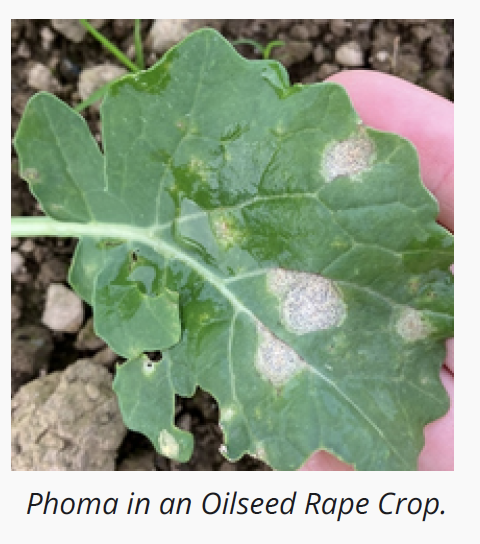
Winter Barley & Winter Wheat
At the moment, both crops are suffering from Manganese deficiencies. This is due to cold, wet and compacted soils. Treating crops with a Manganese alloy product at 1L/Ha when ground is fit to travel should counteract these issues.
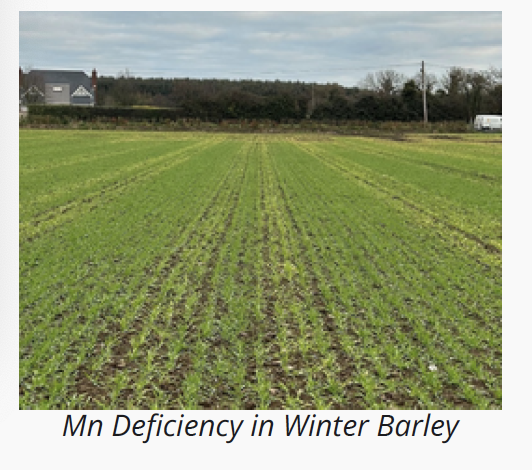
It is very important to have slugs under control and plant numbers established going into the winter months. Keep alternating actives and apply full rates of pellets to keep slugs at bay. The more bait points per square metre, the better effect on slugs.
Very little work can be done in the month of December as it is a dormant month, therefore it is time to start planning forward. The month of January will provide a chance to re-assess poorly established crops, or situations where there are low plant numbers. A decision can be made on whether resowing or Spring cropping is the most cost-effective option. You must be aware of how this can affect your rotations. Another option to consider is sowing a second Winter Wheat where conditions will not suit Barley crops.
Herbicide should be applied on Winter Barley crops as soon as conditions allow. Once weeds such as Annual Meadow Grass start to tiller there are very limited options for killing them. Field history is essential for knowing problematic weeds such as Brome, Annual Meadow Grass, Corn Marigold and Poppy. Knowing what weeds are present allows our Agronomy team to tailor your herbicide programmes accordingly.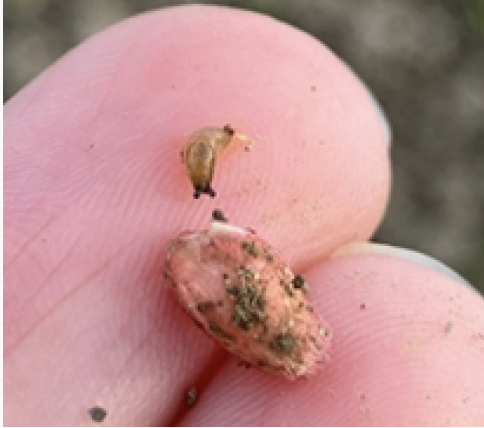
Herbicides cannot be applied to a crop that is struggling as it will cause further set backs to the crop health and growth.
Herbicide options for Winter Wheat crops have more flexibility and there should be enough opportunities to strike with herbicides in the Spring.
Although the numbers are low across the country, Aphids need to be targeted and crops need to receive their aphicide treatment when these first herbicides are being applied.
It is also important to note that many Winter Barley and Winter Wheat varieties can be sown up until February. Altering sowing methods to set Winter seed in the ground during that time of year involves higher seeding rates and incorporating fertiliser into the seedbed to drive germination and establishment.
Winter Beans
Winter Beans may be drilled from now onwards once conditions are fit.
Spring Cereal Supply
Due to the poor harvest condition of 2023 there will be a limited availability of spring cereal seeds and varietal choices may be limited. We would encourage customers to proactively contact our Agronomy teak to discuss spring seed requirements and place orders.
The high levels of rainfall in recent weeks have meant farmers had to house cattle earlier than expected, with only some lighter stock remaining out on the drier patches of land. This is the beginning of a busy period preparing sheds, drying off spring calving cows, and opening the silage pit to start winter-feeding. Some of the main things to take note of this time of the year include dosing, silage analysis and ensuring you are feeding good quality concentrate feeds best suited to your system.
Dosing for Internal Parasites
The main internal parasites to be targeted at time of housing are stomach worms, lung worms, liver fluke along with external parasites such as mites and lice. The wet weather in recent months has created ideal conditions for liver fluke to thrive, resulting in increased levels present in herds. There has also been reports of higher than normal levels of rumen fluke. While older cattle can build up a level of resistance to worms, younger stock such as stores and weanlings will not have this resistance and therefore need to be treated. Dung samples should be taken to best indicate the levels of worms on the farm.
If animals come under stress at the time of housing, it will increase the risk of pneumonia. Any steps that can be taken to reduce this risk are very important. Lice and mites are a common stress factor. It is recommended to clip a strip along the neck and back of the animals before applying pour on solutions. This can create a better control of lice and stop sweating when animals are housed, which will reduce chances of pneumonia.
All dosing products can be purchased at your local Drummonds branch.
Silage Analysis
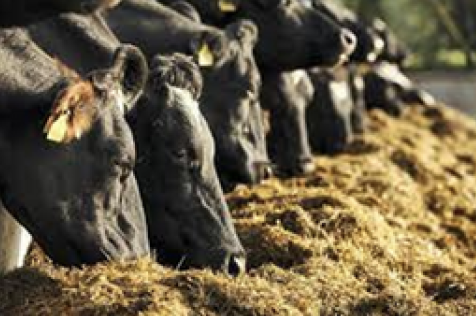 It is recommended to complete silage analysis throughout the winter period. Matching the dietary nutrient supply with the animals’ requirements is crucial in maintaining production and reducing losses. Failure to do this will result in an inadequate supply of nutrients, which in turn reduces production efficiency and profitability on farms. Analysing silage is a crucial factor as silage is the most variable, and often the main component in the diet during the housing period. The level of meal feeding on your farm is determined by the quality of your silage. Knowing the exact nutrient composition of your silage enables you to available, reducing the unnecessary costs associated with over-supplementation or poor nutritional balance.
It is recommended to complete silage analysis throughout the winter period. Matching the dietary nutrient supply with the animals’ requirements is crucial in maintaining production and reducing losses. Failure to do this will result in an inadequate supply of nutrients, which in turn reduces production efficiency and profitability on farms. Analysing silage is a crucial factor as silage is the most variable, and often the main component in the diet during the housing period. The level of meal feeding on your farm is determined by the quality of your silage. Knowing the exact nutrient composition of your silage enables you to available, reducing the unnecessary costs associated with over-supplementation or poor nutritional balance.
How to Analyse Your Silage
When analysing any feedstuff, it is important to obtain a representative sample. When sampling the face of the clamp, take each sample 15cm into the face and a take total of 10 - 12 samples. Try to maintain a W shape as you’re sampling.
For bales, the best approach is to sample as many bales as possible. It is advised to take Samples of bales made at different times of the year, and from areas of the farm that you know produce different quality forage. This will allow you to get a broader representation of the quality you have.
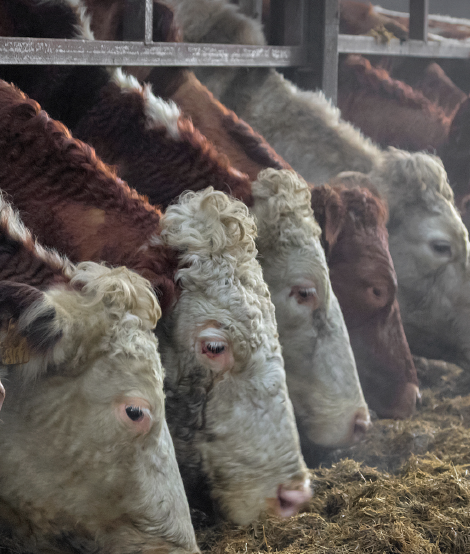 Once all samples have been taken, mix well and place into a sealed airtight plastic bag. These samples should be dropped into your local Drummonds branch immediately to be sent for testing.
Once all samples have been taken, mix well and place into a sealed airtight plastic bag. These samples should be dropped into your local Drummonds branch immediately to be sent for testing.
We recommended sending your samples in early in the week to prevent samples going stale, resulting in a deterioration in the quality of the sample.
Results
Silage made under poor conditions can result in low dry matter, low digestibility (energy value), low crude protein, high ammonia levels and high acidity. These characteristics will give rise to low intakes and poor animal performance.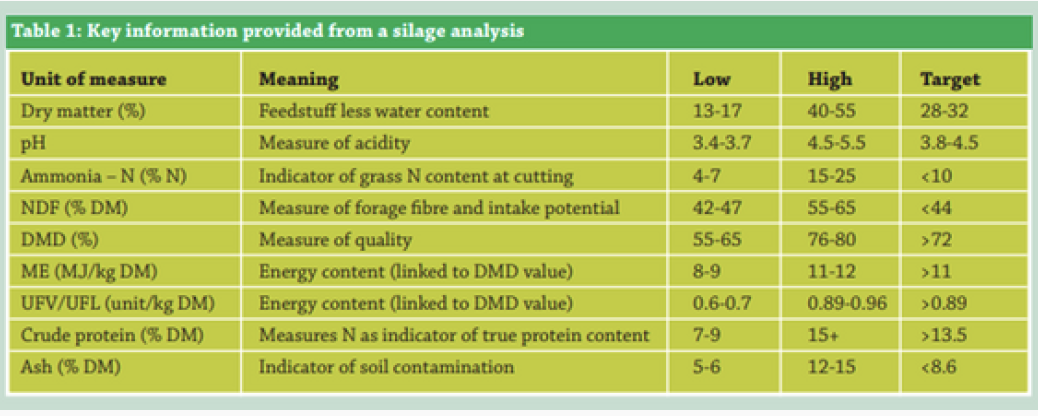
Any queries relating to your silage analysis can be discussed with your local Drummonds representative.


